Six Awesome Liveaboard Destinations
Liveaboards provide a one-of-a-kind experience for travelers looking to fully submerge themselves into a diving adventure. Guests are able to spend a week (or more!) filling their days with diving and their nights watching the sunset across the open water. Liveaboards can provide all of the same luxuries as a typical on land resort such as spa treatments, snorkeling, gourmet meals, and excursions. Here are our picks of some of the six best destinations for a liveaboard vacation.
1) Galápagos Islands - Ecuador
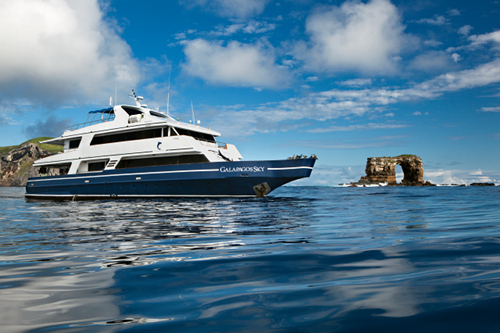
The Galapagos Islands are scattered across the equator and have warm weather year-round. While diving in the Pacific waters surrounding the islands is great all year, December to May is the warmest season with the calmest waters and highest visibility. Divers during this season most often see hammerhead sharks and manta rays. July to November is ideal for more advanced divers hoping for more intense, choppier waters. Although the ocean is generally a bit colder during this season, it is known for nutrient-rich water that attracts all kinds of sea life, specifically whale sharks. Diving in the Galapagos is done on liveaboards from tenders or Zodiacs, and guests are able to have a unique experience living out on the open waters.
2) Socorro Island - Mexico
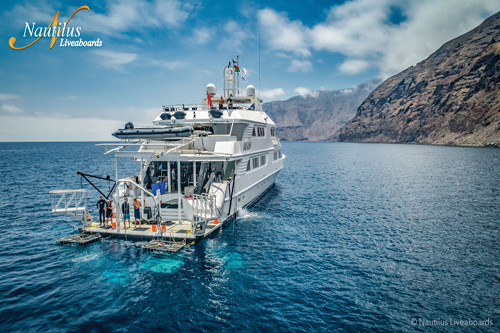
Socorro Island is the largest island in the Revillagigedo Archipelago and is famous for its vibrant wildlife, both on and off the shore. The volcanic island does not have an airport, making it a popular spot for liveaboards. The diving season lasts from November to May as that is when the water is at its calmest. Throughout this season, divers often get to see hammerhead sharks, manta rays, whale sharks, and humpback whales. From January to March, there are even frequent sightings of bottlenose dolphins. In addition to these, sightings of silky sharks, Galapagos sharks, whitetip reef sharks, and silvertip sharks are possible as well. Getting to the Socorros requires an open ocean crossing about 22 hours from Cabo San Lucas, Baja California.
3) Raja Ampat - Indonesia
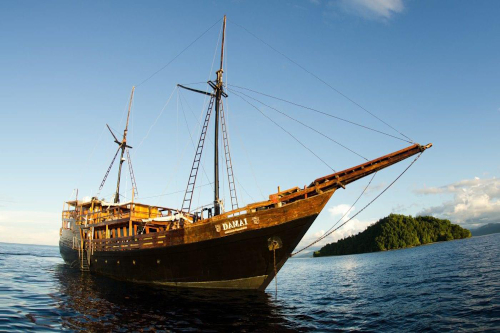
Located off the coast of Bird’s Head Peninsula in West Papua, Raja Ampat is an Indonesian archipelago that is known for its extensive biodiversity. The islands form part of the Coral Triangle — an area known as a home to 76% of known coral species. In Raja Ampat’s waters, there is countless marine life and stunning coral reefs to see. The most popular sights include manta rays, reef sharks, walking sharks, turtles, nudibranchs, and so much more. Diving in Raja Ampat is ideal from October to April as it has the driest weather with calm seas that make for smooth liveaboard sailing. The clear waters consistently have a visibility of 80-100 ft all year long, which is perfect for spotting even the smallest of critters.
4) Tubbataha Reef - Philippines
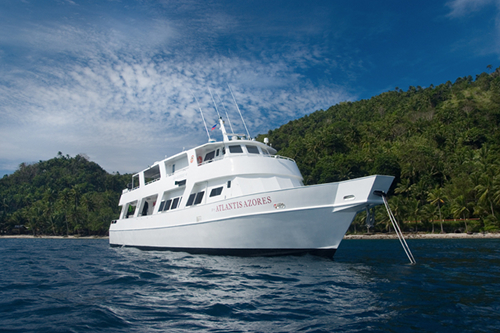
Tubbataha Reef is a protected marine park in the Philippines’ Sula Sea. It is known for being a nesting ground for green sea turtles and is made up of a northern atoll, southern atoll, and the Jessie Beazley Reef. Visitors can only explore the clear waters from a liveaboard as it is located over 10 hours away from land. The diving season takes place from mid-March to mid-June as that is when the water is at its calmest and clearest with a visibility of up to 114 feet. The reef is known for its vast biodiversity as it is reported to have over 1,200 species — 181 of which are threatened.
5) Solomon Islands - Oceania Pacific
Diving in the Solomon Islands is perfect for visitors hoping for a more private, secluded experience with untouched reefs. There are nearly a thousand islands in the archipelago, and almost all of them are uninhabited. The water temperature is consistently in the low to high 80s, making it comfortable to dive in year-round. However, January through April is monsoon season, which brings the greatest amounts of wind and rain that could disrupt diving. What makes the Solomon Islands so unique is that their waters hold a time capsule that sends divers back to World War II with its numerous plane and shipwrecks at various depths. In addition to these one-of-a-kind wrecks, divers can also explore reefs, walls, slopes, pinnacles, and more. Visitors can choose to spend their time in the Solomon Islands on a liveaboard or from a resort on land.
6) Chuuk Lagoon - Micronesia
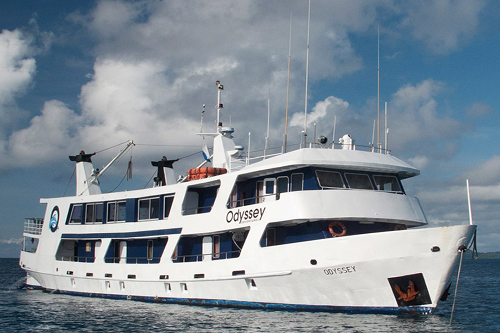
Chuuk Lagoon is a mountainous island that was once a former Japanese naval base during the second world war. The island’s history has been kept alive in its own waters with its array of sunken treasure, submerged ships teeming with marine life, and even human remains. Divers in the Lagoon’s Pacific waters get to explore part of this history, and often even find artifacts such as ammunition or guns. The wrecks vary in their depth, making them accessible for just about any level of diver. The temperature is consistently warm year-round; however, December to April is ideal due to the lack of rainfall and wind during this season.